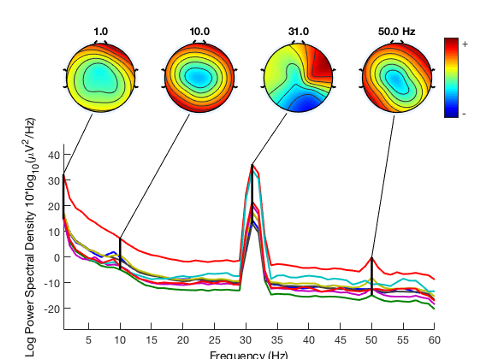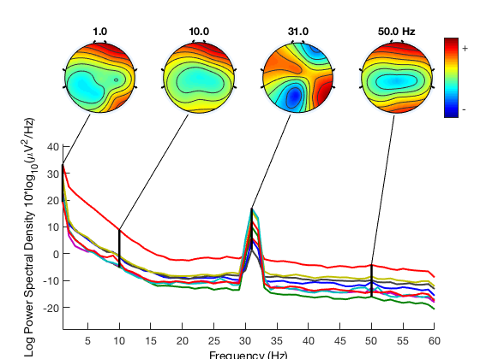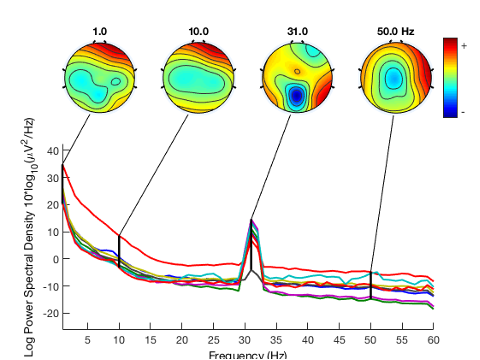This project won the Third Prize in Brain Bee 2020 Brain Challenge (China Division College Section). It explored the possibility of using tRNS (Transcranial random noise stimulation) to shorten the learning curve, which describes that one can learn faster after times of practice.
tRNS (Transcranial random noise stimulation), which applies a random noise frequency pattern of currents to cortex regions, has shown to be more effective than other stimulation techniques by being more portable, longer-lasting, and causing less discomfort. tRNS induced at different cortex regions could improve different behaviors: in PPC (Posterior parietal cortex), it could alter motor decisions on using which hand to reach objects; in the motor cortex, it improves the acquisition and consolidation of motor learning; and in the rostral site of SMA (supplementary motor area) pre-SMA, it can affect the evocation of movement and inhibition of actions in the forelimb and especially in hands.
Therefore, we saw the potential of tRNS in motor learning facilitation. The literature research cast light on specific brain regions including PPC, M1, and SMA. With these in mind, we intended to design a generalizable system that can improve motor skill acquisition, motor rehabilitation, and VR gaming experience by shortening the learning curve.
To explore further beyond the literature we read, we decided to do some hands-on data collection. What we were curious about was whether the brain regions we decided to stimulate, including SMA, M1, and PPC, were indeed related to shortening the learning curve. We modified an open-source Tetris game to add a feature that can randomize the set of command keys so that the player would need to take time learning the new set of keys to “stay alive” longer in the game. Brain waves of both the control and experiment subjects were recorded using OpenBCI headset and OpenBCI GUI. We used the EEGLAB tool in MATLAB. After EEG data preprocessing, we ran ICA to separate components of the brain data.
| Control - First Game | Control - End Game | Experiment - End Game |
|---|---|---|
 |
 |
 |
From the spectrum topography, we saw a high power at around 31 Hz, which fell into the gamma waveband, across control and experiment groups. The gamma rhythms are known to be correlated to large scale brain network activity and cognitive phenomena such as attention and perceptual grouping. Given the task that the participants were doing as well as the topography shown above, we could tell that the Post-Parietal Cortex and partially the motor cortex were highly involved in the modified Tetris game.
Another highlight of this graph is the decreased log power spectrum density. This indicates that the players get more familiar with the randomized keyboard settings, even though the practice time for the control group was very limited compared to that of the experiment group. After all, both groups showed a better grasp of the game while the experiment group seemed to perform a bit better.
Our data analysis supported our intuition that the Post-Parietal Cortex and Supplementary Motor Area were likely involved when the user was playing a new game.
The slides we used for our presentation can be found below: